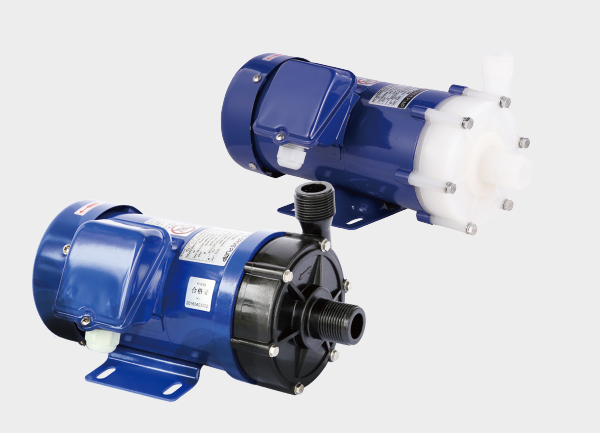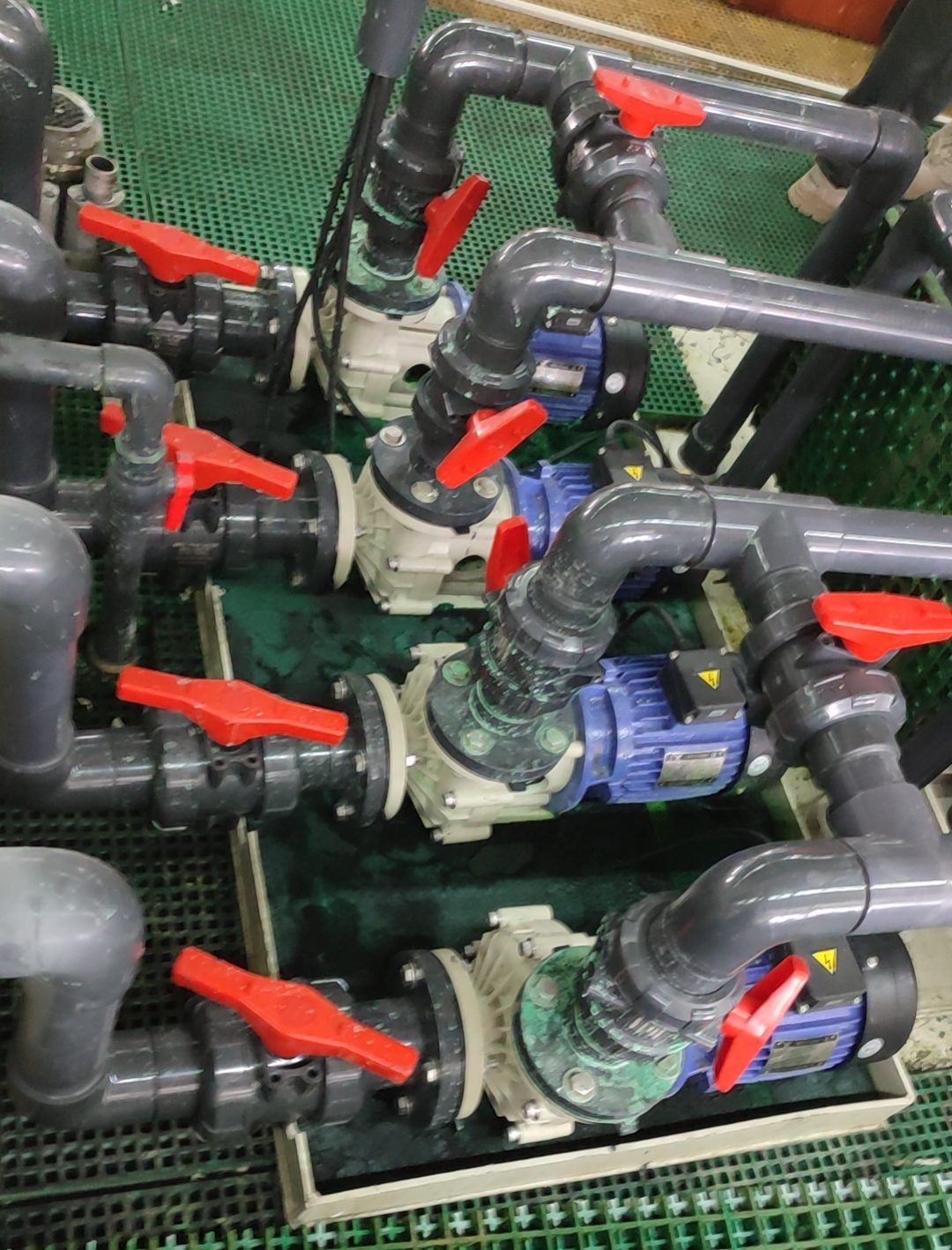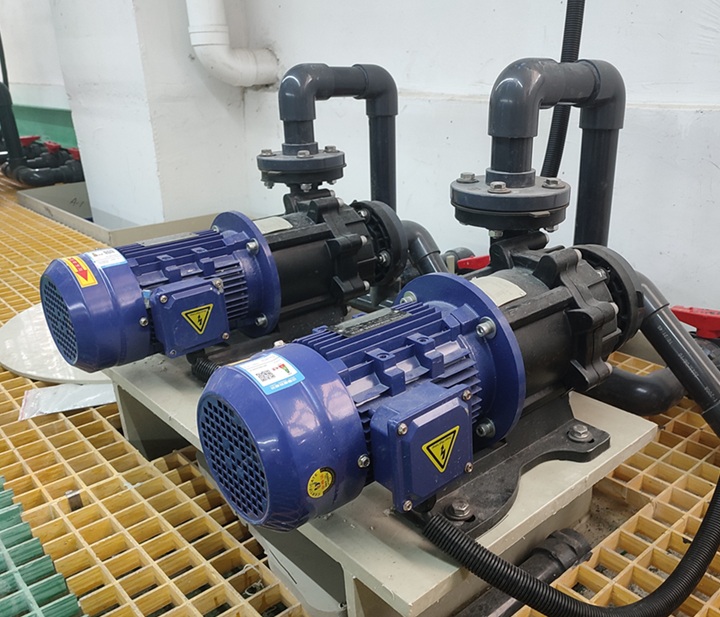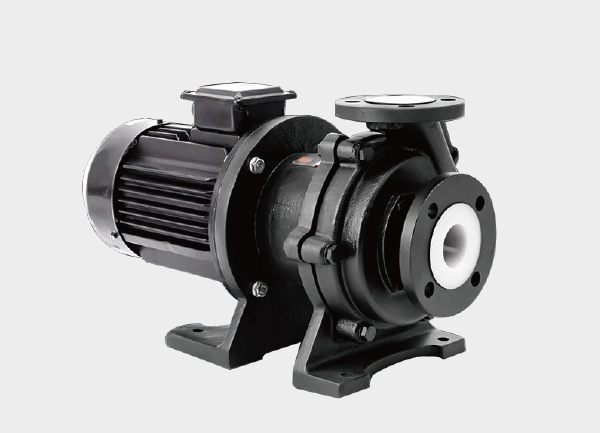Magnetic drive pumps are widely used in chemical, pharmaceutical, and industrial processes due to their leak-free design. However, liquid leakage can still occur under certain conditions, which can affect system performance and safety. This guide provides a comprehensive approach to identifying, troubleshooting, and solving magnetic pump leakage problems.
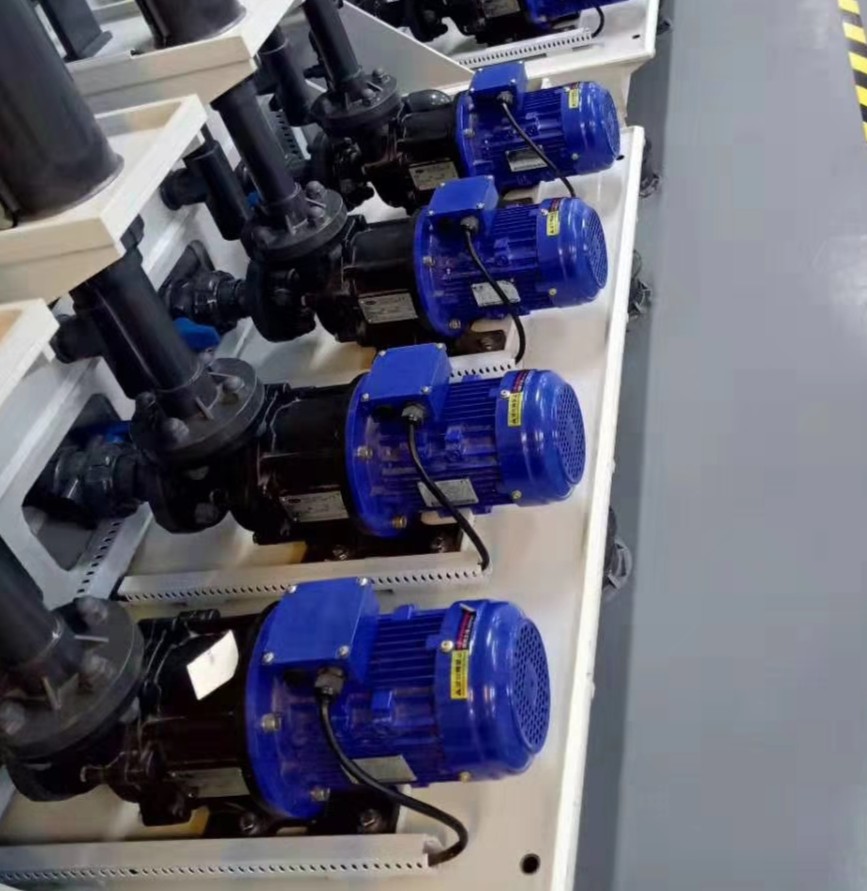
1. Types of Leakage
Even though magnetic pumps are designed to be leak-free, leakage can occur in the following forms:
| Leakage Type | Symptoms | Notes |
|---|---|---|
| External visible leakage | Fluid appears at the pump body, flange, or pipeline connections | Often caused by loose bolts or degraded gaskets |
| Internal micro-leakage | Fluid observed inside the pump casing or through inspection ports | Usually due to minor cracks or wear in the isolation sleeve |
| Bearing or magnetic coupling issues | Excessive vibration or abnormal noise | Causes uneven stress on the isolation sleeve, resulting in leakage |
⚠️ Note: Any visible leakage in a magnetic pump should be addressed immediately, as it indicates the system is no longer fully sealed.
2. Common Causes of Magnetic Pump Leakage
2.1 Isolation Sleeve Damage
Symptoms: Leakage during operation or after shutdown.
Causes:
Material not compatible with the pumped fluid (corrosive chemicals).
Operating temperature exceeds design limits, causing softening or deformation.
Fatigue cracks from prolonged use.
Solutions:
Replace the isolation sleeve with a suitable material: PTFE or FEP for chemical resistance, 316L stainless steel for high-temperature and high-pressure applications.
Ensure proper alignment during installation to avoid eccentric stress.
2.2 Shaft or Magnetic Coupling Misalignment
Symptoms: Excessive vibration, abnormal noise, uneven sleeve wear.
Causes:
Worn or poorly lubricated bearings.
Magnetic coupling installed out of alignment.
Solutions:
Check and lubricate bearings; replace if worn.
Realign the magnetic coupling to maintain concentricity.
2.3 Pump Body, Flange, or Bolt Issues
Symptoms: Leakage at joints or flanges.
Causes:
Loose bolts or uneven flange torque.
Worn or damaged gaskets.
Solutions:
Inspect gaskets and replace if necessary.
Tighten bolts evenly according to torque specifications.
2.4 Operating Beyond Design Conditions
Symptoms: Sleeve softening, deformation, or rupture.
Causes: Pump operating under excessive temperature or pressure.
Solutions:
Use sleeves and pump materials rated for the actual temperature and pressure.
Limit operating conditions to within the pump’s design parameters.
2.5 Fluid Contamination or Abrasive Particles
Symptoms: Localized sleeve wear, internal leakage.
Causes: Hard particles or debris in the pumped fluid.
Solutions:
Install filters or strainers to remove debris.
Regularly clean the pump and piping system.
3. Step-by-Step Troubleshooting
Ensure Safety First
Shut down the pump and close valves.
Drain residual fluid safely; use gloves and protective gear for hazardous chemicals.
Visual Inspection
Check the pump body, flanges, and bolts for leakage.
Inspect for cracks or corrosion.
Isolation Sleeve Inspection
Remove the sleeve and check for cracks, wear, or softening.
Use magnification to detect micro-cracks.
Replace damaged sleeves immediately.
Check Bearings and Magnetic Coupling
Inspect bearing lubrication and condition.
Verify magnetic coupling alignment.
Replace or adjust as needed.
Confirm Operating Conditions
Measure temperature and pressure during operation.
Ensure they are within the pump’s design limits.
Inspect Piping and Fluid Quality
Clean suction and discharge pipelines.
Remove debris that could damage the sleeve.
Test Run
Start the pump without load to check for leaks.
Gradually apply full operating conditions while monitoring performance.
4. Maintenance and Prevention Tips
Regularly inspect bearings, isolation sleeves, and pump body.
Use materials compatible with the pumped fluid and operating conditions.
Keep pipelines clean to prevent debris from entering the pump.
Ensure magnetic coupling alignment and proper bolt torque during installation.
Implement a routine inspection schedule to detect early signs of wear or damage.
💡 Pro Tip: The isolation sleeve is the key to the magnetic pump’s leak-free operation. Material selection, precise installation, and regular inspection are essential for long-term reliability.


